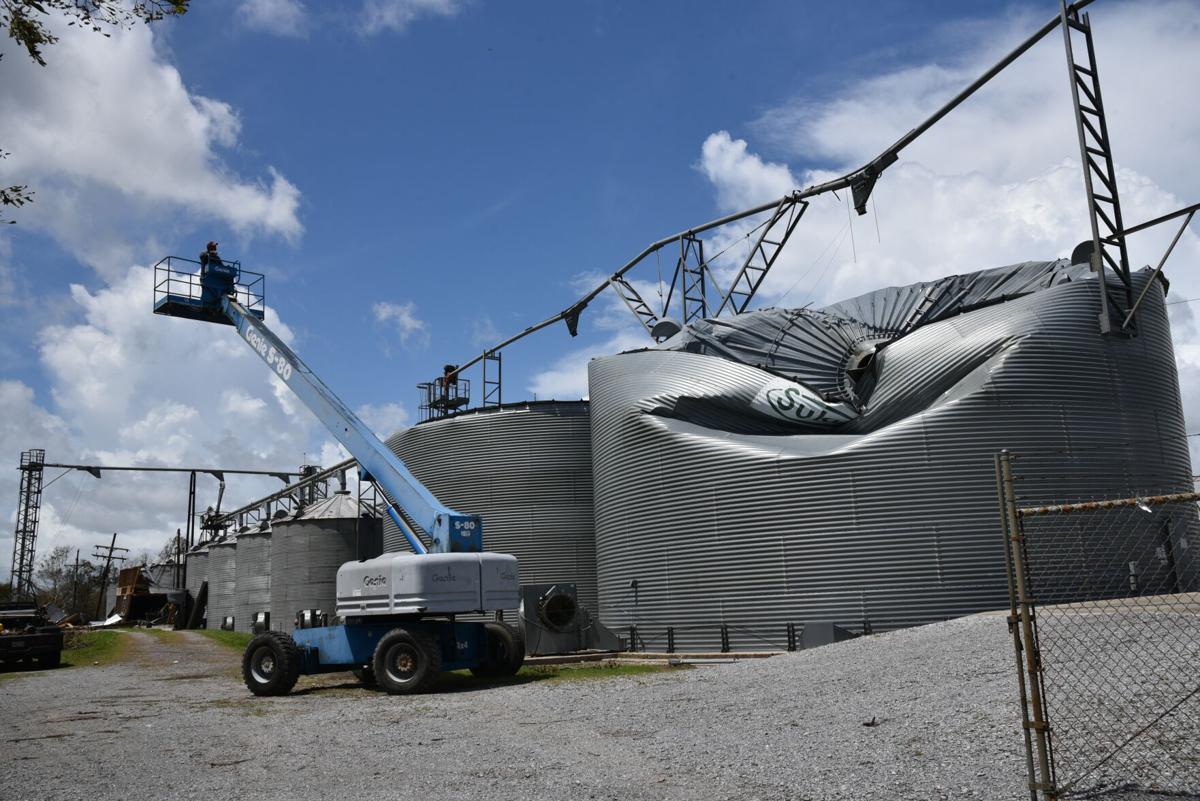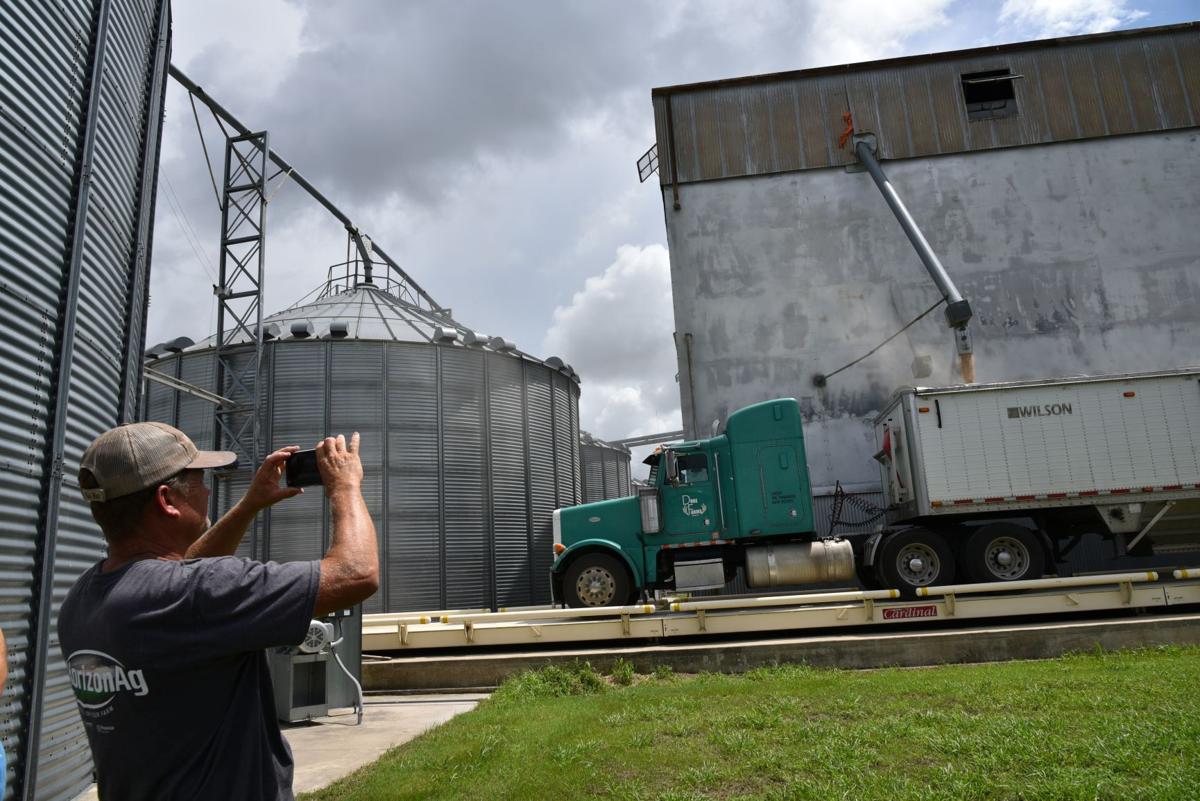Nigerians are outraged over Monday's 50 percent unceremonious hike in the price of electricity, saying it is an additional burden on them.
Citizens including artisans, technicians, teachers, manufacturers and industrialists described the increase as ill-timed, insensitive and a deliberate attempt to further increase the difficulties they are passing through at a time they were trying to pick their pieces following months of COVID-19 lockdown.
The new tariff regime would affect customers having power supply for 12 hours and above; those on estimated billing and or without meters and residential, commercial and industrial customers as well as special-purpose uses like street lights and others.
The increase did not, however, affect poor or lifeline customers as they would continue to pay N4 kilowatt-hour (kwh).
It will also not affect customers receiving 50 kWh per month and customers having below 12-hour power supply daily.
However, low-income earners interviewed on Tuesday said it would be difficult to ascertain the people receiving less than 12 hours power supply while owners of some small scale industries, including rice millers said the increase would have a direct effect on the cost of production.
- How NERC approved tariff hike for DisCos -
Daily Trust learnt that the new tariff hike was endorsed by President Muhammadu Buhari after an ad-hoc committee was set up to review the tariff in June.
A member of the committee, which had Fola Adeola, the Chairman of GT Bank; former CBN governor, Prof. Charles Soludo, among others, said fearing the looming recession, the committee submitted that there was a need to raise the power tariff because there was no budgetary provision to subsidise the power sector in the 2020 revised budget.
"Should we stay and allow the economy to collapse?" a member of the ad hoc committee asked.
"We cannot...
"What we insisted at the meetings is that the poor who are mostly in Residential 1 (R1) and R2 should not have any increase.
"We also got assurances from the highest level that the poor are not going to be affected by this tariff; the government has not closed the door for an engagement," he said.
According to series of the tariff hike notices from the DisCos, the hikes in the different electricity rates were duly approved by the Nigerian Electricity Regulatory Commission (NERC) for the next four months.
NERC had recently okayed tariff hike but said the DisCos must consult with customers first.
"Following consultations and directions on tariff policy, the Commission (NERC) hereby approves a deferment of the applicable tariffs for customers in service band D and E (that is customers with a service commitment of less than an average of 12 hours of supply per day over a period of one month) for the period 1st September 2020 to 1st January 2021," the commission said.
NERC stated that the new tariff order will end on January 1, 2021, when sources in the power industry said the Commission is expected to approve another hike for the power firms.
- 'Increase marks another chapter of difficulties' -
John Garba is a barbershop operator at Kado Estate in Abuja who recently battled and cleared his tenement rate.
He said besides struggling to buy fuel for his power generator after a fuel price hike; he is now faced with a hike in electricity bill by over 50 percent.
"From the bills of Abuja Electricity Distribution Company (AEDC), Kado area is said to have over 12-hour power supply and so the tariff is rising by nearly 50 percent.
"This is unbearable during the COVID-19 period as businesses are slow," Garba said.
The struggling entrepreneur is not the only one facing this challenge as there is a general outcry by customers of the 11 DisCos.
Bello Olagoke at the Mararaba part of Nasarawa State, near Abuja, expressed doubt if there would be any difference when he was told that areas with power supply below 12 hours have not been included in the latest hike.
He said; "Who will monitor the DisCos if they decide to bill everyone where there is epileptic power supply?
"Even now our bills are outrageous despite the frequent outages."
A lecturer at the Department of Political Science at the University of Lagos, Dr Isiaka Adams, said the tariff increase was an indication that the Nigerian government was not sensitive to the plight of the masses.
"This is not the appropriate time to increase the tariff regardless of the excuses or pressure from Gencos and Discos.
"As we speak, the majority of Nigerians have not been metered.
"People are asked to pay N38, 800 for a single-phase meter and the minimum wage in Nigeria is N33,000 and many states are yet to pay and even the federal government is yet to implement it.
"Some tertiary institutions have not started paying the minimum wage until now.
"The government is burdening people unnecessarily with various taxes," he said.
Citing recent statistics by the National Bureau of Statistics (NBS), he said many Nigerians were out of job and the unemployment rate had increased.
Mr Tajudeen Gbadamosi said the increase would further deepened the woes of consumers whom he said were already paying through their nose since the beginning of this year.
A rice miller in Kano, Saminu Ya'u Kangon Kaloma in Kano said the cost of processing rice will skyrocket.
"You must use electricity to process rice and therefore the price in the market will definitely rise," he said.
"A 50 kg cost N23, 000 and it will most likely go up.
"We would have to increase the wholesale price," he said.
Musa Malami Sakatare at Dakata also in Kano said they were shocked by the sudden increase.
"I am into vegetable oil production and we use electricity all the time.
"I am afraid we would have to increase what we collect from our customers," he said.
- How DisCos will shine to the banks -
Residential customers under the Ikeja DisCo have been grouped as R2SP and R2TP to be paying N21.30 and N21.80 per kilowatt-hour (kwh).
In a similar NERC Tariff Order for Eko DisCo, it grouped the customers as A to E with the C to E customers having 12 hour supply down to four hours daily, and charged them not to hike tariff for those below 12 hour power daily supply.
The Kaduna Electric also hiked its electricity tariff.
Its Tariff Order approved by NERC showed that while there was no increase for Band D and E customers, the schedule showed that the tariff for Band A rose to as high as N56.31/kwh from about N40 previously.
"The above tariff is from September to December, 2020," Kaduna DisCo noted.
Chairman of NERC, Prof. James Momoh, on Wednesday last week hinted that the new model is known as Service-Based Tariff (SBT).
"Under these service-based principles, DisCos will only be able to review tariff rates for customers when they consult with customers, commit to increasing the number of hours of supply per day and quality of service."
The DisCos recently submitted their amended Performance Improvement Plans (PIP) to NERC for approval as a basis to raise their rates after the July 1, 2020 increment timeline was suspended by members of the National Assembly.
- Manufacturers, labour, others reject hike -
Among the stakeholders rejecting the latest tariff hike is the Manufacturers Association of Nigeria (MAN).
The group said the proposed increase was coming at a time that manufacturing was groaning because of deep injuries already inflicted on the sector by the prevailing harsh operating environment, the increasing burden of taxes, and self-generated electricity.
The Acting Director-General of MAN, Mr Ambrose Oruche, said most of MAN-member companies were classified in the 'D' categorisation (D1, D2 and D3), meaning 'Industrial Consumers' where tariff is the highest.
"A tariff increase will take its toll, having a drastic negative effect on the Gross National Product (GNP); Gross Domestic Product (GDP), disposable income, consumption, consumer price index, employment, government revenue from corporate taxation etc.
"Electricity tariff even if it cannot be reduced should not be increased; any increase on the tariff will reinforce the already high cost manufacturing environment," Oruche said.
The leadership of the Organised Private Sector in Nigeria (OPSN) in a reaction said various projections for generation capacities for different years were made but not attained, yet tariff kept increasing.
"The pertinent questions are, therefore; wouldn't they have been accomplished?
"Wouldn't it be better to think more about how to improve generation capacity hence transmission and distribution rather than squeezing the mere 4000 megawatts (MW) to meet all revenue needs of key sharing stakeholders?"
The General Secretary of the Federation of Informal Workers' Organisation of Nigeria (FIWON), Comrade Gbenga Komolafe described the tariff increase as "absolutely insensitive, thoughtless and disdain for the people."

SIGN UP FOR FREE ALLAFRICA NEWSLETTERS
Get the latest in African news delivered straight to your inbox
The Director-General of Lagos Chamber of Commerce and Industry (LCCI), Dr. Muda Yusuf, said for investments to thrive in the power sector cost-reflective tariff was inevitable.
He said the alternative was for the government to subsidise it.
"Cost reflective tariff is a difficult option, especially given the prevailing economic conditions.
But it is the most sustainable option that would salvage the power sector and attract investment.
It is important to fix the numerous inefficiencies that characterise the entire power sector value chain," he said.
Meanwhile, the Nigeria Labour Congress (NLC) yesterday rejected the approved tariff hike by NERC.
In a statement, its president, Comrade Ayuba Wabba said labour frowned at the increase and completely condemned any plan to inflict further pain on Nigerians at this very time of great economic distress.
"The NLC is also deeply concerned on the deaf and the dumb posture of the electricity regulator.
"It is important to put on record the fact that NERC would be putting its name on the wrong side of history if it continues to play the ostrich while a group of portfolio investors make a blood meal of Nigerians," he said.
The Chairman, Nigeria Electricity Consumers Advocacy Network (NECAN), Tomi Akingbogun, said electricity consumers were simply ignorant of what was going on saying members of the public have not been adequately educated on the new billing system.
In his response, Adetayo Adegbemle, the Executive Directhttps://allafrica.com/stories/202009020323.htmlor of Power Up Initiatives said the Service Reflective Tariff (SRT) was unfortunately another blind walk on the alley.
"We have decided to reward mediocrity from the DisCos and make poor Nigerians pay for the inefficiency and ineffectiveness of the power system.
"No amount of money thrown at the system would solve anything," he said.
On his part, the President of the Nigeria Consumer Protection Network (NCPN), Kunle Kola Olubiyo, said his group and other electricity consumers will hold the DisCos to improve the networks as they have committed to do in the next three months.





